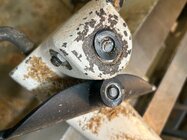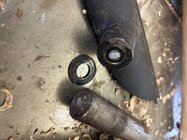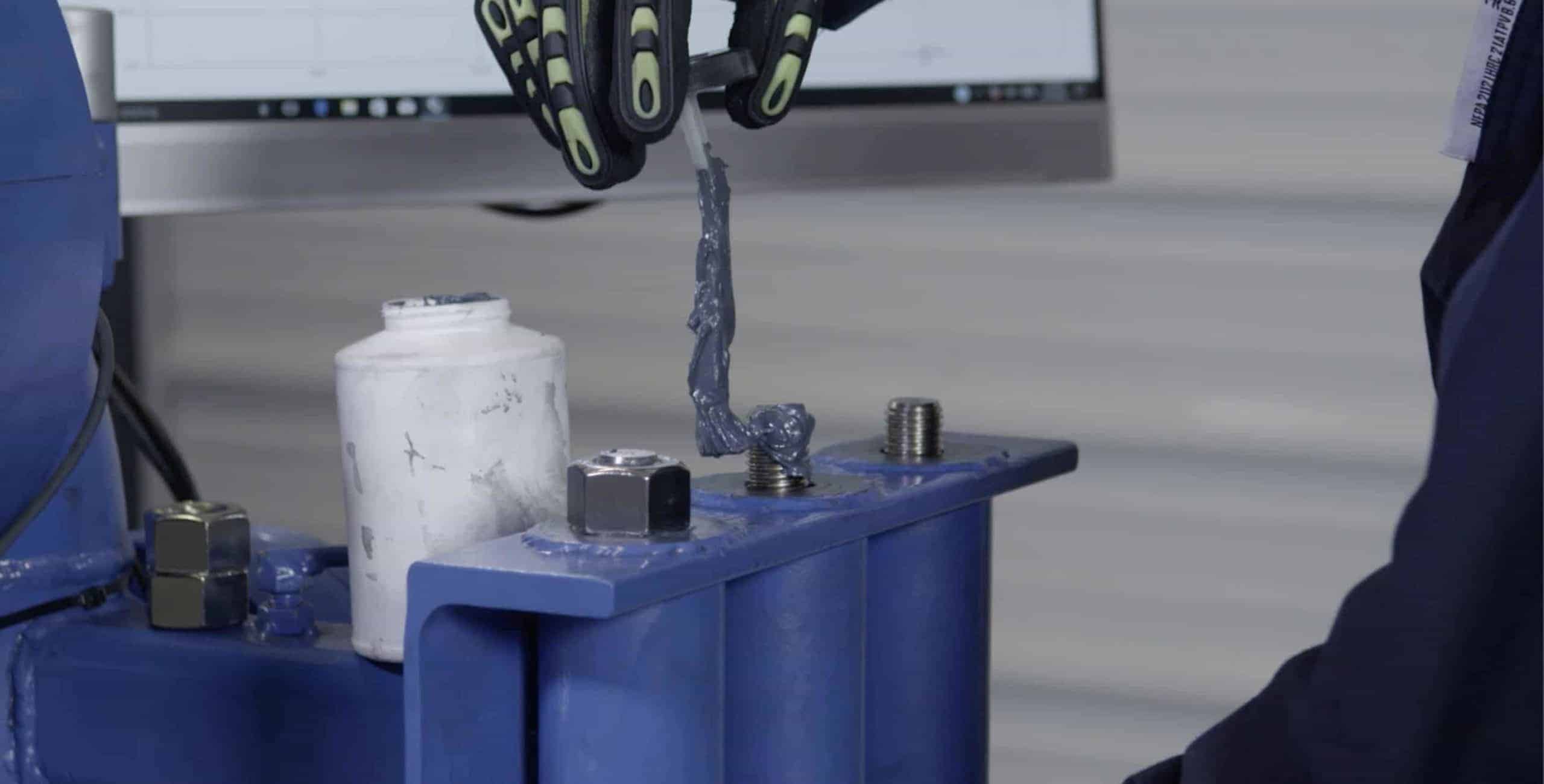I agree that that is a failure you wouldn't see coming even with impeccable procedures. But having had a couple of close calls myself recently, I agree that it is crucial to stop everything after a near miss and analyze what went wrong.
I recently admitted in detail having a fairly heavy ash bowl come off a longworth chuck when I was literally done with it, and thus had removed my shield for close inspection of the bottom with the live center and tailstock removed. Long story short, I made a series of careless missteps that resulted in it smashing me directly in the upper lip/nose area after flying off at 1300 rpm:
1. I never should have reversed the beaded rim profile onto a longworth (even though it was well-centered and all the rubber stops were secure). A friction drive or my vacum chuck would have been far more safe.
2. I forgot to change gears from high to low settings on my spindle.
3. When I moved my right hand across to hit the off button and end the turn completely, my finger inadvertently went across the speed knob and cranked it open a good bit.
The last thing I remember seeing before that bowl smashed me in the lip was just a flash of 1350rpm's on the readout, the fatal wobble and it bouncing off the ways into my unguarded face! I was lucky: other than a busted lip that shredded itself against my upper teeth, and some blood, bruising and swelling, I was fine after a few days. This could have easily ended in an ER trip and reconstructive surgery! But I immediately shut everything down, dealt with my wounds, and called my friend and mentor Tim Tucker for a debriefing. More than anything, I wounded my pride in myself as a competent turner, and was actually full of self-loathing rage for a couple of days at my stupidity.
After I got over that, I "got back on the horse," filled the ding in the bowl with colored epoxy, and re-finished it off the lathe, with a hard lesson learned. Lathe on equals face-shield on now, always! It also helped me to watch a few Kirk DeHeer videos and try to really internalize how methodical he is at every step. It's so easy to forget to lock down a banjo when your tool rest is near a spinning chuck, or any of the other stupid mistakes we can make at the lathe.
At least you can say your accident was not due to carelessness, and you weren't injured. The learning never stops either way! I hope you get your tool rest issue sorted out.



